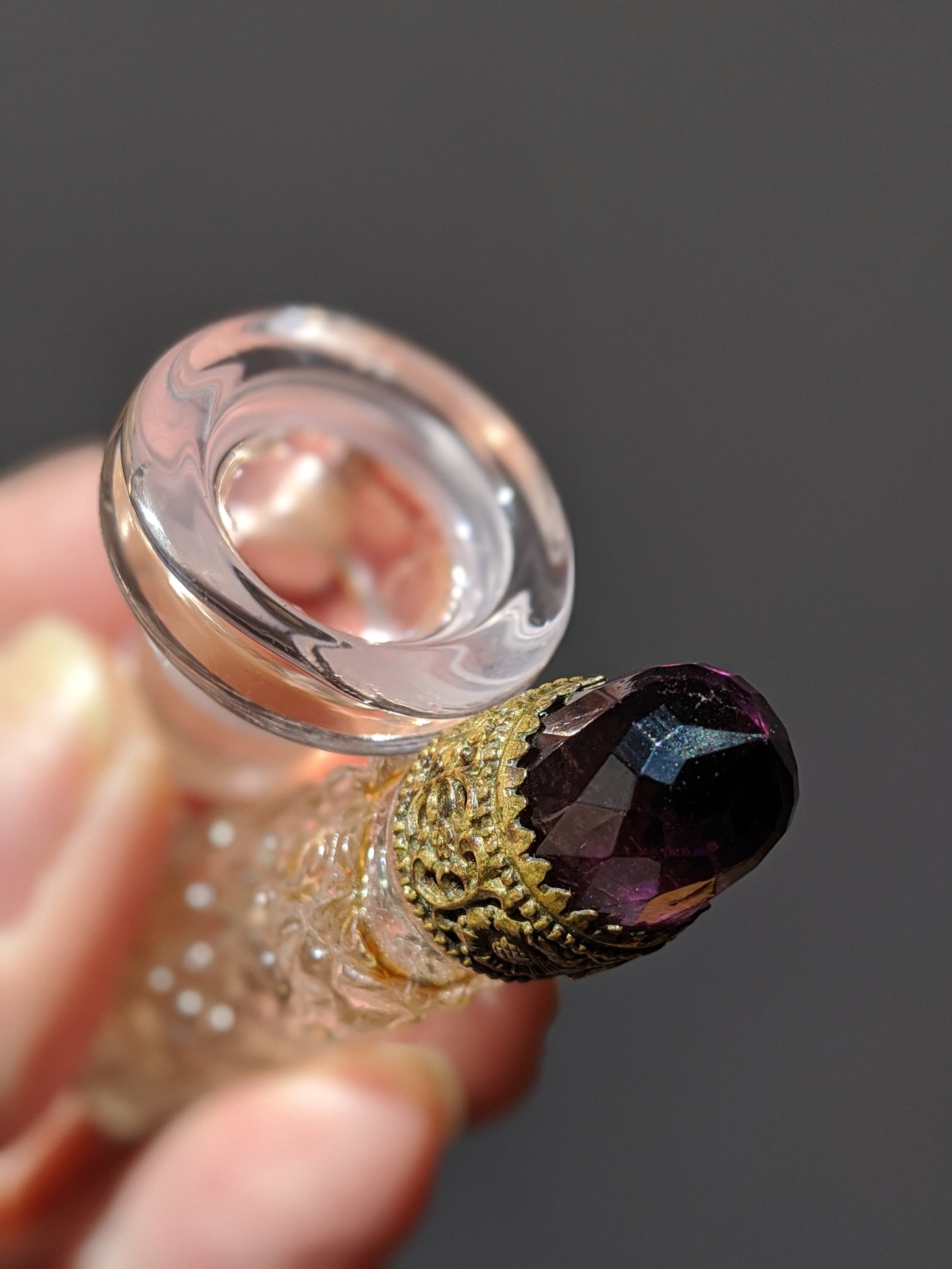SANNA: A Sauvignon Blanc Story
One of the best I’ve known in my lifetime is not a big Napa Cab, a Bordeaux, Burgundy or Champagne, but rather a Sauvignon Blanc Kristof has quietly been making from Carneros grapes for several years now. Every winter, after bottling, he’d cellar half a pallet, unlabeled as shiners, for our personal use. We always talked about labeling & selling the wine - one day - & that day finally came this February, 2020, after the tedious & expensive process of finalizing our direct shipping license. We had 25 cases of SANNA, neatly tucked into the corner of a dim, cool warehouse, awaiting final foil & label design. The Covid-19 pandemic awaited, around the corner.
I could see the label in my mind, based on a joyful little water color on our wall, gifted to us by the artist, our sister-in-law Katherine Lee, which I’d always loved for its color palate, graphic power & playfulness. Its emblems of spring & renewed life matched the character of the wine. Both had an initial insouciance or lightness of being, easy to dismiss, that belies power.
Liquid sun, liquid gold. Kristof also makes a Pinot Grigio for one of his clients that, to my mind & palate, manages the trick of capturing voluptuous, ripe fruit, with tropical, creamy undertones, while being zero-sugar, completely dry. It is not a sweet wine in the slightest degree, yet it evokes the sensation of biting into a warm, juicy, sun-ripe white peach, straight from the tree.
The other night we were low on wine—which happens sometimes even to winemakers—so I picked up a bottle of Napa Valley Sauvignon Blanc from Costco. It was moderately expensive, from a well-known winery, probably had a 90 point score, & it ended up being everything we hate in a Sauvignon Blanc, cloyingly sweet, despite claiming to be dry, hard & green, depthless, with a dose of sulphur that gave us both a headache the next morning. Ugh!
“How do you do that thing? Capturing fruit, evoking summer?” I asked Kristof. “What’s the magic? You must pick late, for ripeness?”
“No, I like to pick whites early,” he said, “and then have a long, long, very cold fermentation, just a degree or so above yeast cell death. It’s nerve-wracking. Few winemakers have the nerve to do it, to keep it at that point, to watch over it. That attention takes time, which costs money.” Turns out it’s much easier to do a quick, hot fermentation, then compensate for lack of fruit with an addition of sugar.
Search briefly on-line for low-temperature fermentation in aromatic white wines, & you’ll find research confirming the greater array of volatile aromatic compounds created during colder fermentation & the mechanisms by which a wine retains these delicate flavors & aromas. How tempting it must be to some winemakers to “phone it in” & create a harshly-oaked, residually-sweet wine that meets market demand, instead of patiently nurturing the complex, multidimensional imprint of the fruit. When I write that SANNA Sauvignon Blanc evokes elan vital, thoughts of springtime, perhaps what I am tasting & responding to is the effortful striving of life, the difficult work of growth.
Like so much in winemaking, I learn, there is no magic, just paying exquisite attention to detail. This wine’s life-enhancing qualities, its lush flavors, exist in tandem with the yeast’s struggle to exist & persist through a dark winter’s fermentation. The adjoining photos tell a different story, but a story about attention to detail just the same, all the details that go into packaging a wine. If you like, you can click through each picture & hover for a written description about the process. We hope you enjoy!
Cheers! —Kristof & Jennifer


















